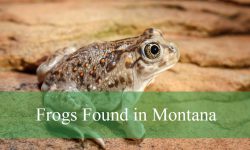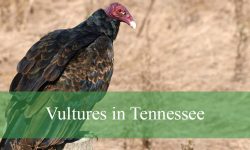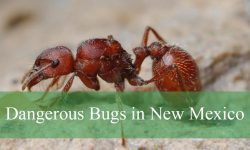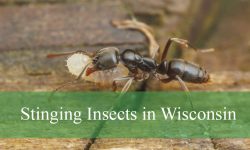Not often do bird lovers realize that New Jersey hosts more than just the familiar songbirds and waterfowl—it is also home to dazzling hummingbirds. These tiny, fast-moving birds bring a flash of color and energy to gardens, meadows, and woodlands across the Garden State. While only one species is common here, rare and surprising visitors sometimes appear, making hummingbird watching an exciting challenge for enthusiasts.
During spring and summer, the Ruby-throated Hummingbird graces New Jersey with its beauty and agility. Its shimmering throat and acrobatic feeding habits make it a favorite in backyards, especially where nectar-rich flowers or feeders are available. Birdwatchers eagerly await their arrival each April, marking the true start of the hummingbird season.
Beyond the Ruby-throated, the state occasionally hosts rare hummingbird guests, including the Rufous, Allen’s, Black-chinned, and Calliope. These species, usually found far from New Jersey, sometimes appear due to unusual migration routes or weather patterns. Spotting one of these rarities is a remarkable experience and a highlight for local birders.
Types of Hummingbirds Found in New Jersey
Ruby-throated Hummingbird (Archilochus colubris)
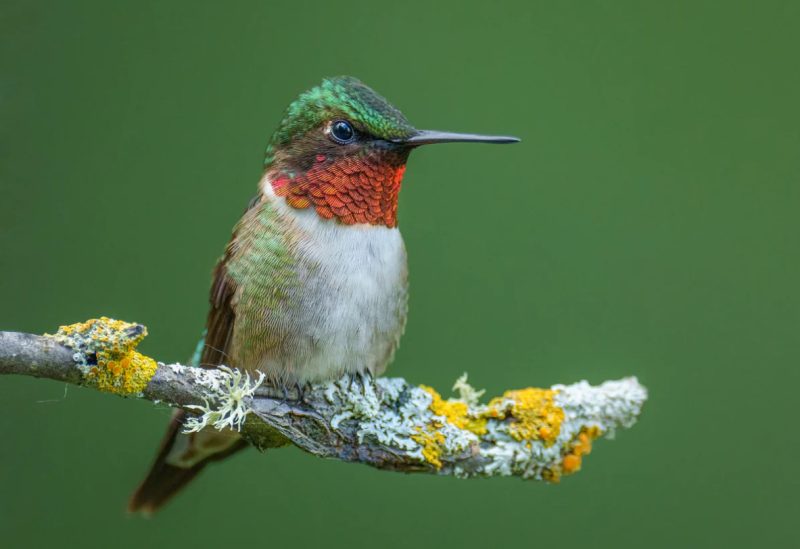
The Ruby-throated Hummingbird is the most common and widespread hummingbird in New Jersey, being the only species that regularly breeds in the state. Males are easily recognized by their shimmering ruby-red throat patch, which glows brilliantly in the sunlight. Females lack this vivid coloring and instead display a white throat and greenish upperparts. Both sexes are incredibly small, measuring about 3 to 3.5 inches in length, with rapid wingbeats that make them appear like tiny flying jewels.
These hummingbirds arrive in New Jersey during the spring migration, typically in late April or early May, after making an impressive journey across the Gulf of Mexico. They spend the summer nesting in woodlands, gardens, and meadows where nectar sources are abundant. By early fall, usually September, they begin their migration southward to Central America. This seasonal cycle makes them a highly anticipated visitor for birdwatchers each year.
Ruby-throated Hummingbirds are strongly attracted to tubular flowers such as trumpet vine, bee balm, and columbine, as well as to nectar feeders provided by homeowners. Their diet also includes small insects and spiders, which provide essential protein. With their hovering ability, they can easily dart between flowers and catch flying insects midair. Their feeding behavior makes them important pollinators in the ecosystems they inhabit.
In New Jersey, the Ruby-throated Hummingbird is most commonly spotted in suburban backyards, forest edges, and fields filled with wildflowers. Their high-energy lifestyle requires constant feeding, and observers often marvel at their territorial disputes over feeders or flower patches. For anyone hoping to see hummingbirds in the state, this species will be the most reliable and rewarding to watch throughout the warmer months.
Rufous Hummingbird (Selasphorus rufus)
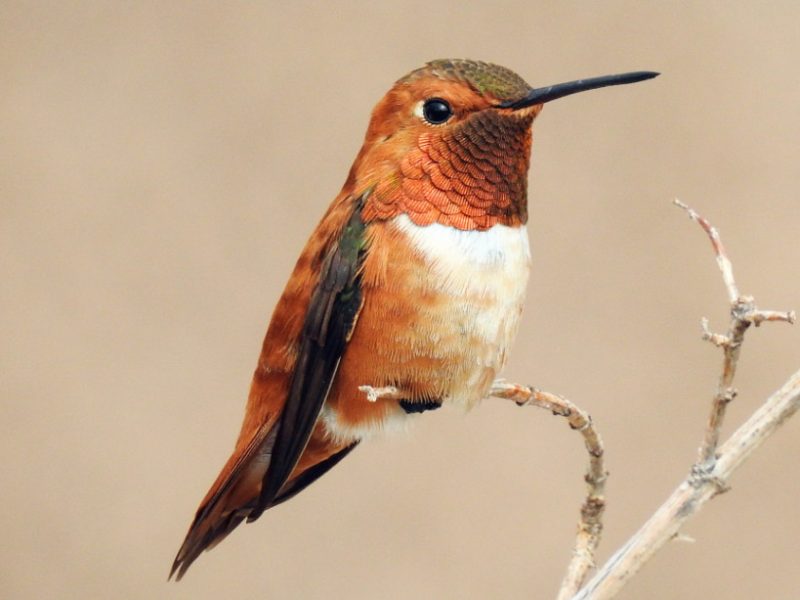
The Rufous Hummingbird is a rare but increasingly recorded visitor to New Jersey, usually appearing during late fall or even winter. Males are distinguished by their glowing orange-red throat and rusty-colored body, while females are mostly green with rufous flanks and tail feathers. Despite their small size, they are known for their bold and aggressive behavior, often chasing away even larger birds from feeders.
This species breeds in the northwestern United States and as far north as Alaska, making its migration one of the longest known among hummingbirds. Some individuals take an unusual eastern migration route, which explains their occasional presence in New Jersey. Most sightings occur in colder months, when homeowners are surprised to spot these hardy little birds feeding at well-maintained nectar feeders.
Rufous Hummingbirds are remarkably adaptable, enduring chilly temperatures that most hummingbirds avoid. They feed on a variety of nectar-producing plants, as well as tiny insects for extra nutrition. Their strong memory allows them to return to the same feeding spots year after year, even in states far outside their normal breeding range.
Although rare in New Jersey, the Rufous Hummingbird generates excitement among bird enthusiasts whenever one is spotted. Dedicated birders often set up heated nectar feeders in winter to accommodate these unusual visitors. For many, catching a glimpse of this fiery-colored hummingbird is a once-in-a-lifetime experience in the Garden State.
Allen’s Hummingbird (Selasphorus sasin)

The Allen’s Hummingbird is an extremely rare visitor to New Jersey, with only a handful of confirmed records. Native to the West Coast, particularly California and parts of Oregon, this species is not expected in the East, but occasional wandering individuals sometimes appear during migration. Male Allen’s Hummingbirds display a striking orange body with a metallic green back and a glittering orange-red throat, while females are more subdued in coloration.
This hummingbird is often confused with the Rufous Hummingbird because of their similar rusty tones. However, careful observation of the tail feathers and specific markings can help distinguish them. Their rarity in New Jersey means that any sighting is considered remarkable and typically attracts many birdwatchers hoping to catch a glimpse.
Allen’s Hummingbirds usually breed along the Pacific Coast, where they build nests in shrubs and trees close to nectar-rich plants. They are early migrators compared to many other hummingbird species, often departing from breeding grounds by mid-summer. If they appear in New Jersey, it is usually due to unusual weather patterns or misdirected migration routes.
In the state, these hummingbirds are most likely to be spotted at nectar feeders during fall or winter, when they stray far from their expected range. For New Jersey bird enthusiasts, seeing an Allen’s Hummingbird represents not only a unique encounter but also an opportunity to contribute valuable data to ornithologists tracking rare hummingbird movements across North America.
Black-chinned Hummingbird (Archilochus alexandri)

The Black-chinned Hummingbird is an accidental visitor to New Jersey, with very few recorded sightings in the state. This species is most commonly found in the western and southwestern United States, particularly Texas, Arizona, and California. Males are recognized by their iridescent purple throat band, which appears black in poor lighting, while females resemble Ruby-throated Hummingbirds but with subtler markings.
These hummingbirds typically breed along river valleys, desert habitats, and oak woodlands in the West. They are known for their adaptability and ability to thrive in both urban and rural areas. Their migration usually takes them south to Mexico during the winter, making any appearance in New Jersey an exceptional occurrence.
The Black-chinned Hummingbird feeds primarily on nectar, but insects form an important part of its diet. Unlike the more aggressive Rufous Hummingbird, this species is somewhat less confrontational, although males will defend feeding territories during breeding season. Their aerial courtship displays involve looping dives and rapid wing movements that produce distinctive buzzing sounds.
In New Jersey, this hummingbird is considered a rare and accidental vagrant. Birders lucky enough to spot one should pay close attention to its throat and body shape to avoid confusion with the more common Ruby-throated Hummingbird. Every sighting adds to the understanding of how far these hummingbirds can stray from their typical range.
Calliope Hummingbird (Selasphorus calliope)
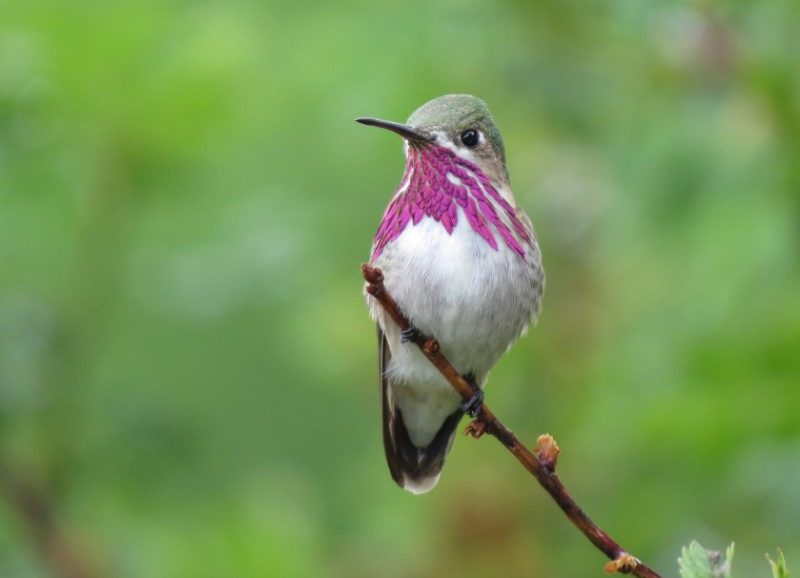
The Calliope Hummingbird holds the distinction of being the smallest bird found in the United States and Canada. Measuring only about 3 inches in length, it is a delicate yet resilient species. Males are recognized by their striking magenta streaks that radiate from the throat, forming a starburst pattern, while females are primarily green with pale underparts. In New Jersey, sightings are exceedingly rare and usually occur in winter months.
This hummingbird breeds in the mountainous regions of the western United States, favoring high-elevation meadows and forest edges. Despite its tiny size, the Calliope undertakes long migrations, traveling to Mexico for the winter. Occasionally, individuals are blown off course and appear in the eastern United States, including New Jersey, creating a thrilling surprise for local birdwatchers.
The Calliope Hummingbird feeds on nectar from wildflowers and backyard feeders, as well as small insects caught in flight. Its small size gives it remarkable agility in the air, allowing it to maneuver effortlessly while feeding. Even though it is much smaller than other hummingbirds, it often defends its feeding territory with surprising boldness.
In New Jersey, a Calliope Hummingbird sighting is a noteworthy event that attracts attention from birding communities. For enthusiasts, witnessing this tiny jewel of the West in their own backyard provides a rare glimpse into the incredible journeys that hummingbirds make across the continent. Such sightings remind us of the unpredictability of migration and the remarkable endurance of these birds.
Best Time and Places to See Hummingbirds in New Jersey
The best time to see hummingbirds in New Jersey is during the warm months, particularly from late April through September. This period marks the arrival and breeding season of the Ruby-throated Hummingbird, the state’s only regular species. They begin appearing in gardens and wooded areas as spring flowers bloom, and they remain active throughout the summer, feeding on nectar-rich plants and backyard feeders. By early fall, they prepare for their long migration south, so September often provides peak activity at feeders.
Rare species such as Rufous, Allen’s, Black-chinned, and Calliope Hummingbirds are most likely to appear in late fall and winter. These out-of-range visitors often surprise homeowners who keep nectar feeders available into the colder months. In fact, many unusual sightings occur in November and December, when unexpected migrants wander from their typical paths. Maintaining a clean, fresh feeder during this period greatly increases the chances of spotting one of these rarities.
In terms of locations, hummingbirds can be found across the state in a variety of habitats. Suburban backyards with well-planted gardens are prime spots, especially if they feature trumpet vine, bee balm, columbine, or cardinal flower. Natural areas such as the Great Swamp National Wildlife Refuge, Cape May, and Delaware Water Gap are also excellent birding destinations where hummingbirds are frequently observed. Whether in rural meadows, forest edges, or city gardens, these tiny birds bring a flash of color and excitement to the Garden State every year.
FAQs about Hummingbirds in New Jersey
How many types of hummingbirds are found in New Jersey?
New Jersey has one common species, the Ruby-throated Hummingbird, which breeds in the state every summer. In addition, there are several rare or accidental visitors, including the Rufous, Allen’s, Black-chinned, and Calliope Hummingbirds. These rare species are only seen occasionally, usually in late fall or winter.
When do hummingbirds arrive in New Jersey?
Ruby-throated Hummingbirds usually arrive in late April or early May as part of their spring migration. They remain throughout the summer months, nesting and raising their young. By September, most of them begin migrating south to Central America.
When do hummingbirds leave New Jersey?
Most Ruby-throated Hummingbirds leave the state by late September or early October. However, some rare hummingbirds, such as Rufous Hummingbirds, may appear in November and December, staying for a short period if feeders are available.
Where is the best place to see hummingbirds in New Jersey?
You can spot hummingbirds almost anywhere in the state, especially in gardens with nectar-rich flowers. Popular birding locations include the Great Swamp National Wildlife Refuge, Cape May, and the Delaware Water Gap. Backyards with feeders and flowering plants are also excellent spots to see these birds up close.
What flowers attract hummingbirds in New Jersey?
Hummingbirds are strongly attracted to trumpet vine, bee balm, columbine, cardinal flower, and salvia. These tubular flowers provide the nectar that hummingbirds rely on. Planting these in your garden can help attract them throughout the summer.
Do hummingbirds stay in New Jersey year-round?
No, hummingbirds do not stay year-round. The Ruby-throated Hummingbird is a migratory species and only spends spring and summer in New Jersey. The state’s cold winters are unsuitable for hummingbirds, though rare vagrant species like Rufous or Calliope may appear in late fall or winter.
Should I leave my hummingbird feeder out in winter?
Yes, it’s a good idea to keep feeders available into late fall and even early winter, as rare hummingbirds sometimes appear during this time. Using a heated feeder or changing the nectar frequently can help provide food for these unexpected visitors.

